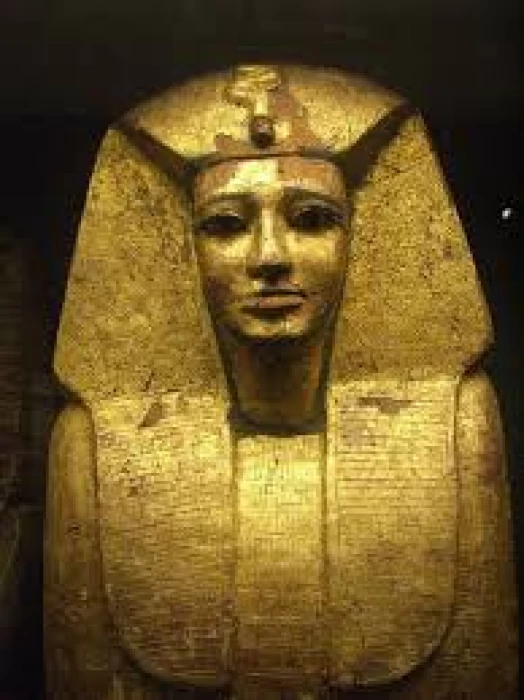Greetings, fellow history enthusiasts! Welcome to “Top Ten Egypt,” where we delve into the captivating past of this ancient land. In today’s article, we embark on a captivating expedition into the treasures and legacy of the Seventeenth Dynasty in Ancient Egypt. Join us as we unmask the colorful tales of this era and explore the historical wonders that shaped Egypt’s vibrant past.
Unraveling the Seventeenth Dynasty:
The Seventeenth Dynasty holds a significant place in the tapestry of Egypt’s history, spanning from the years 1630 to 1520 BCE, during the Second Intermediate Period. This dynasty emerged during a time when Egypt was experiencing political instability, marked by the Hyksos invasion and subsequent foreign rule.
The Glorious Pharaohs:
A shining beacon amid the turmoil, the seventeenth dynasty produced a line of remarkable pharaohs who embarked on a transformative journey to restore Egypt’s sovereignty. Notable rulers of this dynasty included Kamose, Ahmose I, and Amenhotep I. It was under their rule that Egypt witnessed a resurgence in power, laying the foundation for the illustrious New Kingdom.
National Resistance under Kamose:
Kamose, the last pharaoh of the Seventeenth Dynasty, rose to power with a burning desire to rid Egypt of the oppressive Hyksos regime. He led a valiant resistance, rallying his forces and capitalizing on existing tensions, ultimately launching a successful campaign against the foreign invaders. Kamose’s unwavering spirit and determination laid the groundwork for future pharaohs to complete the liberation.
Ahmose I: The Unifier:
Ahmose I ascended to the throne following Kamose’s demise and became renowned as the founder of the Eighteenth Dynasty. With unparalleled leadership skills, Ahmose reunited Upper and Lower Egypt, bringing about a golden age for the kingdom. His reign witnessed the restoration of temples, the construction of monumental structures, and the revival of trade and cultural pursuits.
Amenhotep I: Cultivating Stability:
Amenhotep I, the son of Ahmose I, inherited a kingdom in a state of transition. Determined to solidify his father’s achievements, Amenhotep I forged ahead, celebrating Egyptian victory over the Hyksos and reinforcing the pharaohs’ divine right to rule. His reign marked a period of relative stability, nurturing the arts, architecture, and religious practices—a testament to the flourishing spirit of the time.
Legacy and Historical Significance:
The Seventeenth Dynasty’s legacy lies not only in its military victories and political achievements but also in the resilience and tenacity of its pharaohs. Their triumph over adversity laid the foundation for a new age of prosperity and dominion in Egypt. The cultural and architectural developments during this era created an indelible mark on the landscape of the nation, captivating generations to come.
As we conclude our enlightening journey through the Seventeenth Dynasty in Ancient Egypt, we gain a profound appreciation for the spirit and ingenuity that flourished during this pivotal period. The rise of the Seventeenth Dynasty symbolized Egypt’s resilience and its unwavering commitment to reclaiming its identity.
For those planning a visit to Egypt, exploring the relics and remnants of this dynasty will undoubtedly add depth and richness to your travel itinerary. Stay tuned for more enthralling tales from “Top Ten Egypt,” where we unravel the marvels of one of the most captivating civilizations in history!
Explore Egypt’s past, embrace its present, and embark on a journey that transcends time with “Top Ten Egypt”!



Comment (0)